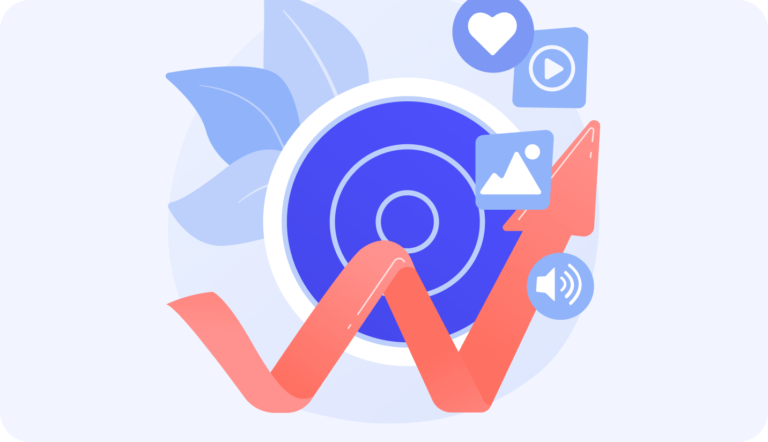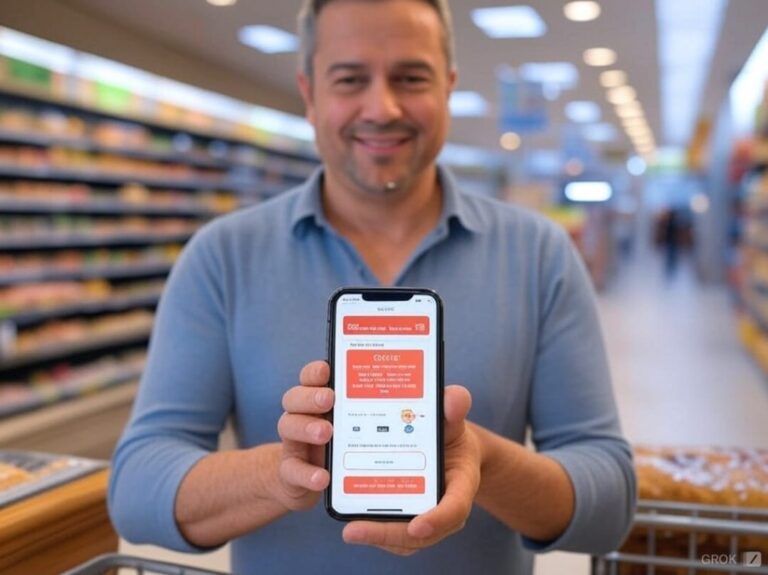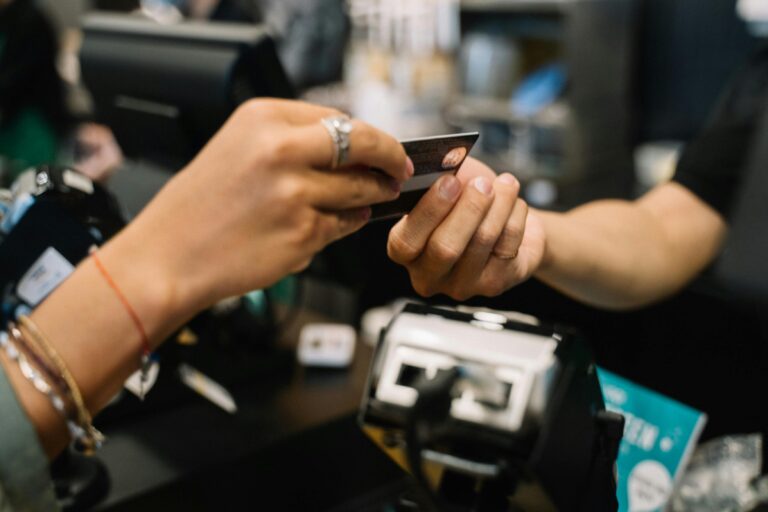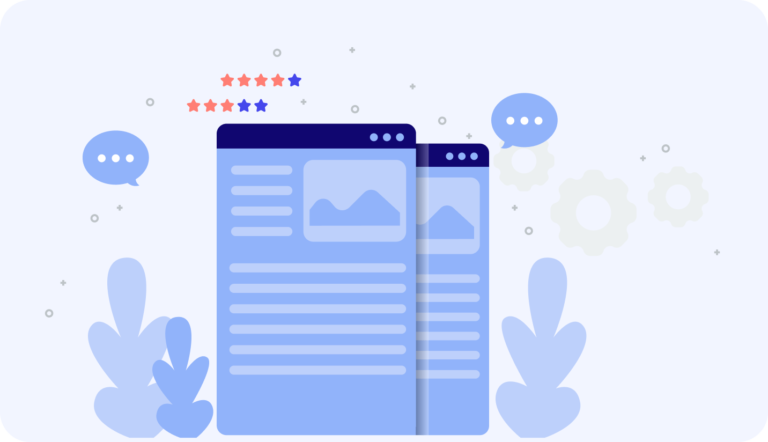In today’s digital marketing landscape, understanding your customers is key to success. But demographics alone don’t tell the whole story. This is where behavioral segmentation comes in.
What is Behavioral Segmentation?
Behavioral segmentation is a customer grouping strategy that goes beyond age, income, and location. It categorizes customers based on their actions and interactions with your brand. This can include purchase history, browsing behavior, website visits, app usage, and even how they respond to marketing campaigns.
Why is it Powerful?
By segmenting customers based on behavior, you gain a deeper understanding of their needs, preferences, and buying journeys. This allows you to deliver highly targeted and personalized marketing messages that resonate with each segment.
The Benefits for Digital Marketing and Loyalty
Here’s how behavioral segmentation can transform your digital marketing and loyalty programs:
- Increased Engagement:Targeted messages lead to higher open rates, click-through rates, and overall engagement with your marketing efforts.
- Boost Sales and Conversions:Personalized recommendations and offers based on past purchases are more likely to convert into sales.
- Enhanced Customer Loyalty:When customers feel valued and understood, they’re more likely to become loyal brand advocates.
Retail and Ecommerce Examples in Action
Let’s see how behavioral segmentation translates into real-world applications:
Example 1:The Repeat Buyer: An outdoor clothing retailer segments customers based on purchase history. They identify frequent buyers of hiking gear and send them targeted emails with exclusive discounts on new hiking boots or invitations to in-store events.
Example 2:The Abandoned Cart Recoverer: An online furniture store segments customers who abandon their carts. They send automated emails with personalized reminders featuring the abandoned items or similar products customers might be interested in.
Example 3:The Birthday Treat: An e-commerce platform segments customers by their birthdays. They send personalized birthday emails with special offers or loyalty program bonus points, encouraging repeat purchases.
Getting Started with Behavioral Segmentation
Here are some initial steps to implement behavioral segmentation:
- Data Collection: Gather customer data through website analytics, CRM systems, and loyalty program information.
- Customer Segmentation: Analyze the data to identify distinct behavioral patterns and group customers accordingly.
- Personalized Marketing: Develop targeted marketing campaigns with messaging and offers tailored to each segment.
- Track and Measure: Monitor the performance of your segmented campaigns and refine your strategy for continuous improvement.
By leveraging behavioral segmentation, you can unlock a new level of customer understanding and build stronger relationships. This translates into a more effective digital marketing strategy, increased customer loyalty, and ultimately, a thriving business.






